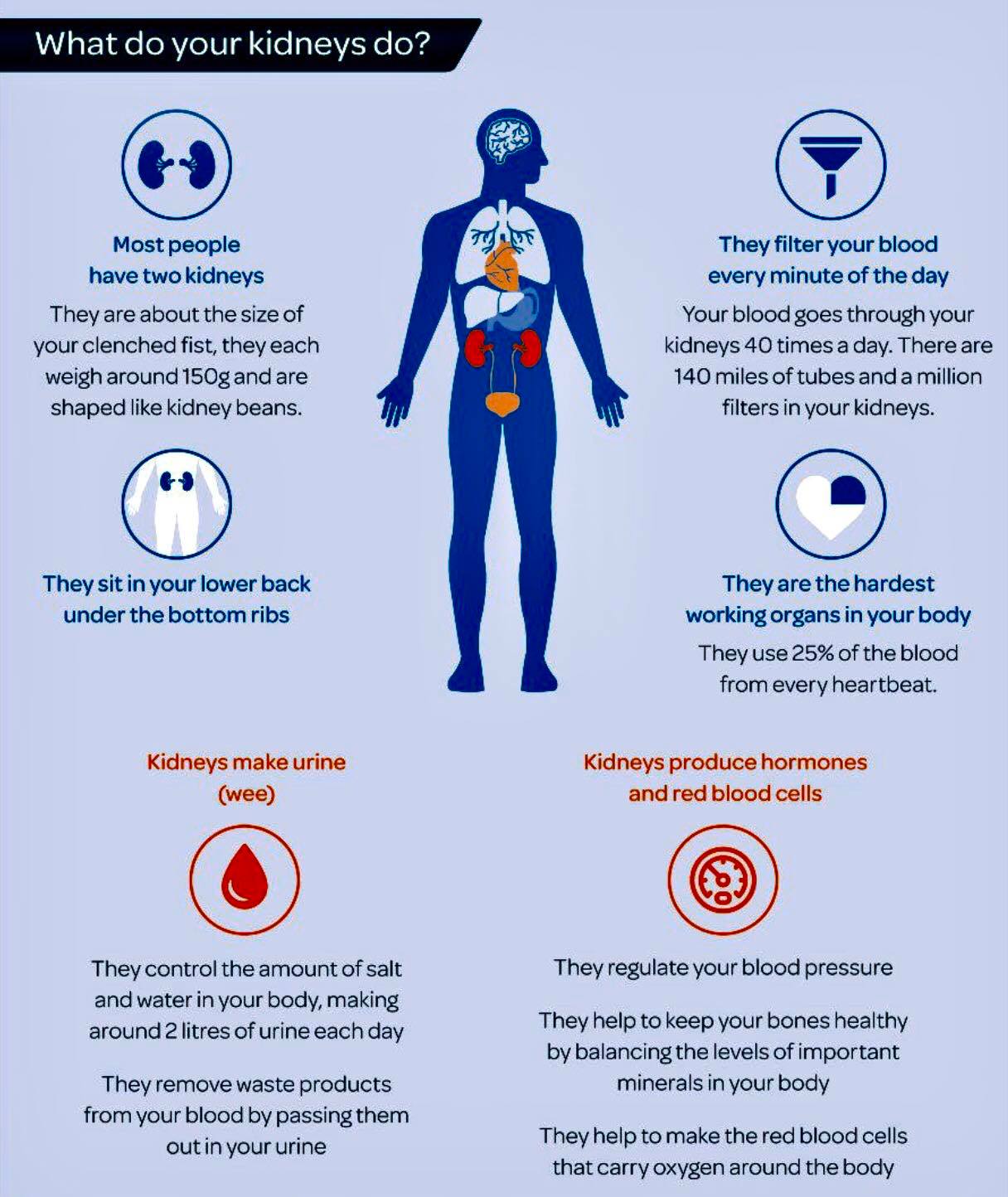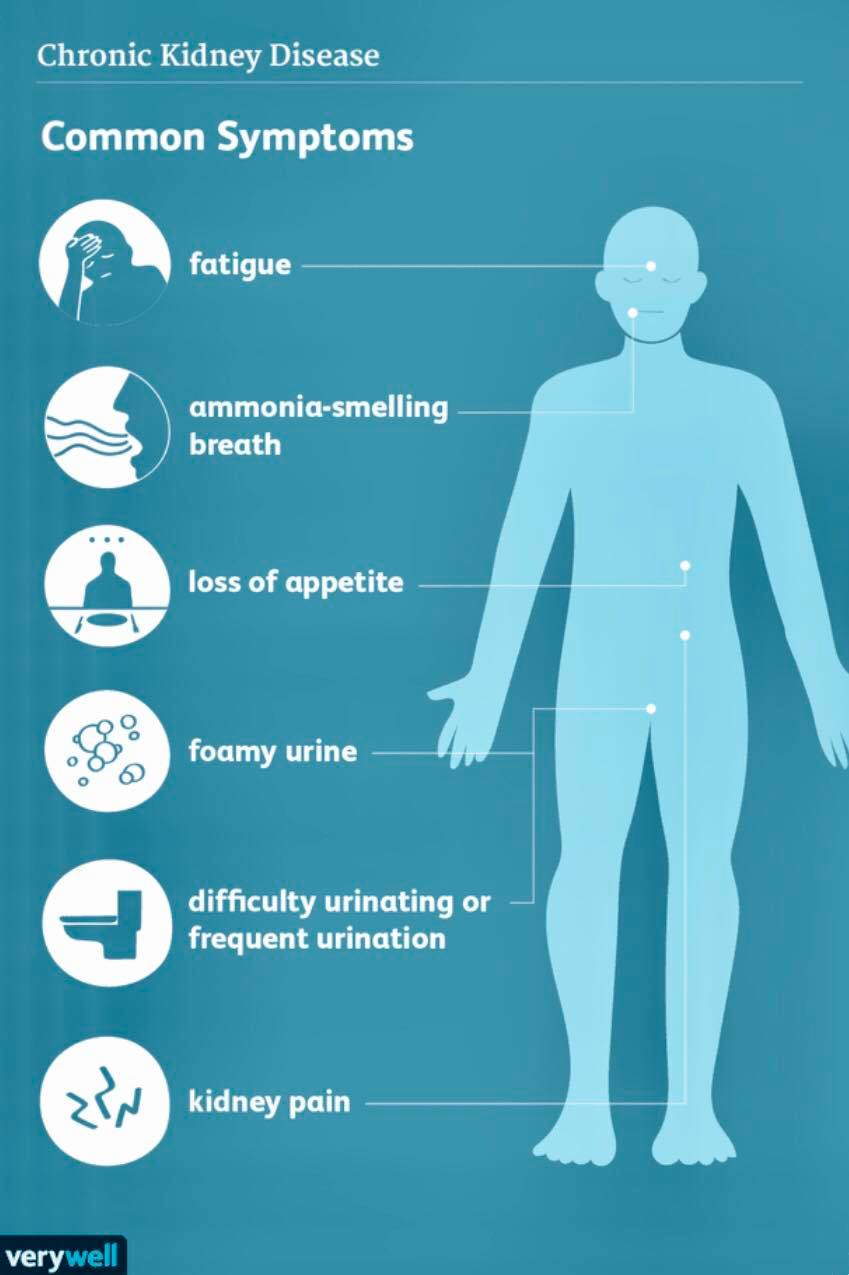Text by Henrylito D. Tacio
Photos/Illustrations: lybrate.com, kidneycareuk.org, and verywell
Kidney diseases are becoming a growing problem in the Philippines.
The Department of Health (DOH) reported that one person dies every hour from kidney failure. More than 7,000 cases of kidney failure in the country are recorded every year. This puts kidney disease in the list of the top 10 leading causes of death among Filipinos.
Dabawenyos should better watch out. Since 2017, Davao City “continues to rank third in the country with the most number of kidney diseases,” said a report from the Philippine News Agency (PNA).
Source of the information was Dr. Theresa Bad-ang, chairperson of the Renal Transplant Section of the Nephrology of the Southern Philippine Medical Center (SPMC).
“The life that we have is dependent on the organs that we take care of, so kidneys (are) one of those organs na matiisin (patient). Hindi sila umiimik until sira na sila (They do not budge until they are already deteriorated),” said Dr. Bad-ang during a briefer as the country observes National Kidney Month.
As the person ages, his or her kidneys slowly decline their functionalities. The kidneys of people who are 35 years old and younger are 100 percent healthy and functioning well. But by the time he or she reaches the age of 36, the functionality of his/her kidneys is reduced by one percent each year.
So much so that by age 55, “people would have lost 20% of kidney’s functionality,” Dr. Bad-ang surmised.
People with an unhealthy lifestyle, which includes eating habits or an unbalanced diet, are most likely to have kidney troubles. Unhealthy lifestyle usually causes diabetes and high blood pressure.
Those who are hypertensive lose two percent of functionality of their kidney each year, while those who are diabetic lose five percent of their kidney’s functionality per year, according to Dr. Bad-ang.
“Diabetes and high blood pressure patients are key risk factors for chronic kidney disease,” pointed out Dr. Filoteo Ferrer, assistant training officer of the Nephrology Department at Makati Medical Center (MMC).
The kidneys, two bean-shaped organs which measure about 4-5 inches each, produce urine from waste products removed from the blood. While most people have two kidneys, there are few who are born with only one. “All functions normally performed by two kidneys can be carried out adequately by one healthy kidney,” according to The Merck Manual of Medical Information.


Unknowingly, health problems affecting the kidneys are becoming common compared to in the past. If you go to a street and ask an average man what medical problem they fear most, they would either mention stroke or heart attack.
“Many Filipinos don’t realize that developing kidney failure can be just as disabling and life-threatening,” says Dr. Rafael R. Castillo, a health columnist of Philippine Daily Inquirer.
Dr. Roy Diamond Arco, nephrologist of Silliman University Medical Center, says signs of kidney disorders include high blood pressure, body itching, anemic, swelling of lower extremities, and urinating more often, especially at nighttime.
Dr. Agnes Mejia, a kidney and hypertension specialist, said once a person’s kidney has been damaged, the only options to prolong a patient’s life would be chronic dialysis or kidney transplant.
According to medical experts, dialysis is a way of cleaning the blood when the kidneys can no longer do the job required from them. Dialysis gets rid of the body’s wastes, extra salt and water aside from helping control the blood pressure.
Actually, there are two kinds of dialysis: hemodialysis and peritoneal dialysis. “In hemodialysis, blood is pumped out of your body to an artificial kidney machine, and returned to your body by tubes that connect you to the machine,” explains the US-based National Kidney Foundation (NKF).
“In peritoneal dialysis, the inside lining of your own belly acts as a natural filter. Wastes are taken out by means of a cleansing fluid called dialysate, which is washed in and out of your belly in cycles.”
The Philippine Health Insurance Corporation (PhilHealth) spends over P2,000 per session for a dialysis patient. “There are so many people who are in dialysis right now,” Dr. Bad-ang said. “In fact, Phil-Health has released some P2 billion for patients in dialysis during the pandemic.
“On average, a patient receives dialysis treatment 90 days per year but the approved payment of benefit claims for hemodialysis services have recently been maxed to 144 sessions, as stated in the PhilHealth Circular 2021-0009,” PNA reported.
Kidney disease, particularly end stage renal disease (ESRD), is now one of the leading causes of death among Filipinos, recent statistics show. For patients with ESRD, a kidney transplant is often the only hope for survival.
Dr. Enrique Ona, who used to be the director of National Kidney and Transplant Institute (NKTI) before he became health secretary, said that kidney transplantation is cheaper than dialysis “in the long-term.” “Moreover,” he added, “survival rates and quality of life in transplants are much better.”
But the problem is: only very few Filipinos are willing to donate their kidneys.
So much so that the SPMC, said Dr. Bad-ang, “is holding an organ donation awareness campaign for the entire month.”

